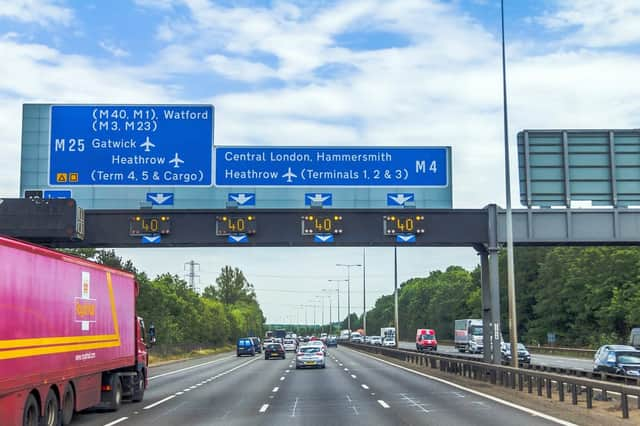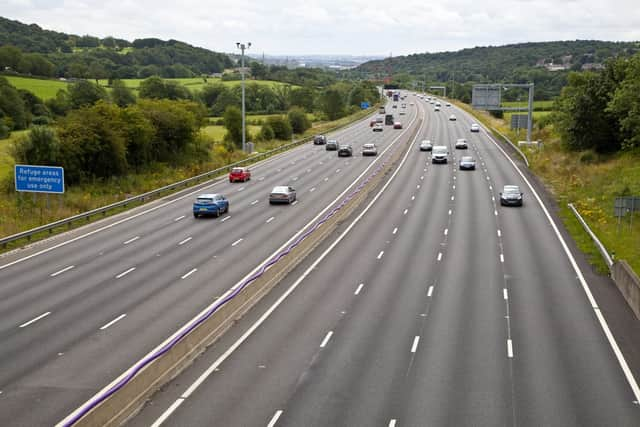Smart motorway rules to be added to Highway Code in latest shake-up


Drivers are being asked for their views on updates to the Highway Code that will add guidance on the use of smart motorways.
The Department for Transport (DfT) has announced an 18-point action plan to improve road safety, including developing the Highway Code to include more information about the controversial motorways.
Advertisement
Hide AdAdvertisement
Hide AdAs part of the process Highways England, which is working with the Driver and Vehicle Standards Agency (DVSA) on the proposed changes, has launched a consultation seeking the public’s opinions on the changes.
The Highway Code sets out rules and guidance for all road users and is already set to be revised to create a hierarchy of road users which will place more responsibility on drivers to ensure the safety of others.


Among the latest proposed updates are explanations of the emergency refuge areas installed along smart motorways with no hard shoulder provision and clearer information on the use of the red X sign to close lanes.
The proposed new guidance will also include information on how road users can help keep themselves safe in the event of a breakdown or emergency on a smart motorway, as well as explanations of variable speed limits used at busy periods.
Advertisement
Hide AdAdvertisement
Hide AdAnnouncing the consultation Jeremy Phillips, Highways England’s head of road safety, said: “We know more needs to be done to help motorists understand exactly how modern motorways and high-speed roads operate.
“The updated edition of The Highway Code will help inform the next generation of road users as well as giving important updates to those with many miles under their belt, to help us all stay safer.”
Smart motorways have proved controversial and been blamed for dozens of avoidable deaths. They are designed to ease UK motorway congestion by permitting cars to be driven on the hard shoulder at least some of the time, with traffic being monitored via cameras and ‘active’ speed signs which can vary the limit and close lanes in the event of a breakdown.
However, critics argue that removing the emergency hard shoulder increases the chances of an accident and in February a coroner referred Highways England to prosecutors to consider if corporate manslaughter charges were appropriate following the death of a woman on a section of smart motorway without a hard shoulder in 2018.